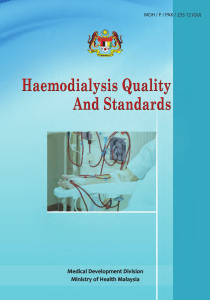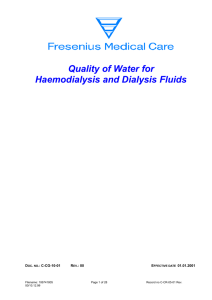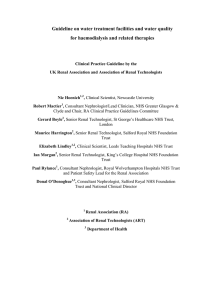Problem: For some patients, neither hospital based, satellite unit or
advertisement
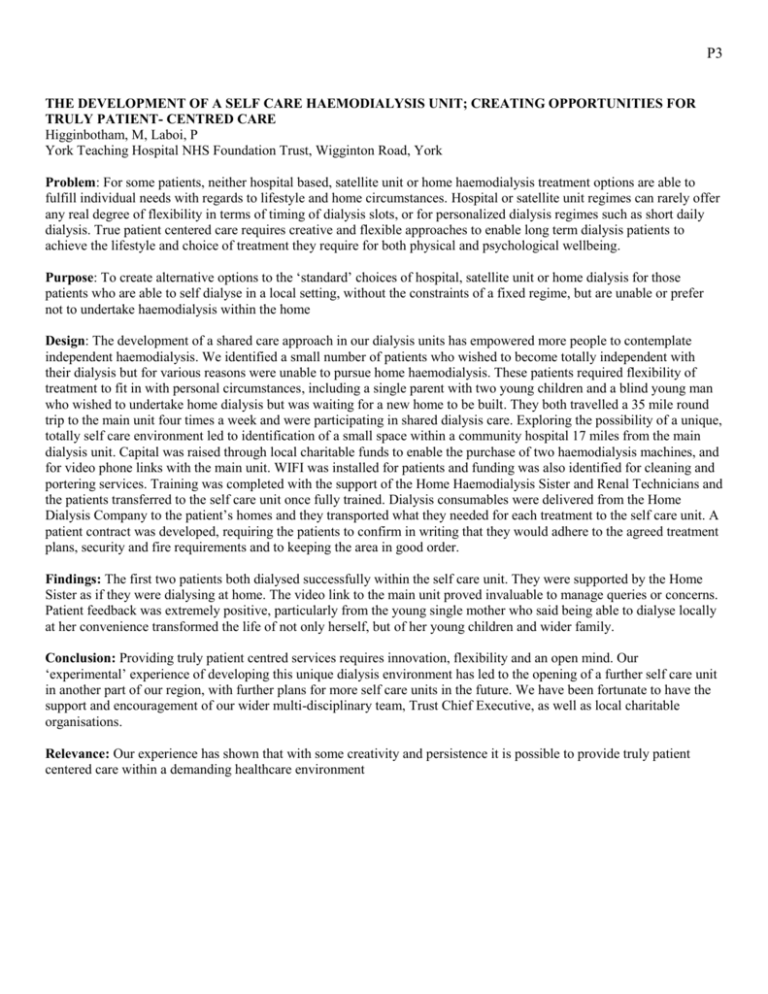
P3 THE DEVELOPMENT OF A SELF CARE HAEMODIALYSIS UNIT; CREATING OPPORTUNITIES FOR TRULY PATIENT- CENTRED CARE Higginbotham, M, Laboi, P York Teaching Hospital NHS Foundation Trust, Wigginton Road, York Problem: For some patients, neither hospital based, satellite unit or home haemodialysis treatment options are able to fulfill individual needs with regards to lifestyle and home circumstances. Hospital or satellite unit regimes can rarely offer any real degree of flexibility in terms of timing of dialysis slots, or for personalized dialysis regimes such as short daily dialysis. True patient centered care requires creative and flexible approaches to enable long term dialysis patients to achieve the lifestyle and choice of treatment they require for both physical and psychological wellbeing. Purpose: To create alternative options to the ‘standard’ choices of hospital, satellite unit or home dialysis for those patients who are able to self dialyse in a local setting, without the constraints of a fixed regime, but are unable or prefer not to undertake haemodialysis within the home Design: The development of a shared care approach in our dialysis units has empowered more people to contemplate independent haemodialysis. We identified a small number of patients who wished to become totally independent with their dialysis but for various reasons were unable to pursue home haemodialysis. These patients required flexibility of treatment to fit in with personal circumstances, including a single parent with two young children and a blind young man who wished to undertake home dialysis but was waiting for a new home to be built. They both travelled a 35 mile round trip to the main unit four times a week and were participating in shared dialysis care. Exploring the possibility of a unique, totally self care environment led to identification of a small space within a community hospital 17 miles from the main dialysis unit. Capital was raised through local charitable funds to enable the purchase of two haemodialysis machines, and for video phone links with the main unit. WIFI was installed for patients and funding was also identified for cleaning and portering services. Training was completed with the support of the Home Haemodialysis Sister and Renal Technicians and the patients transferred to the self care unit once fully trained. Dialysis consumables were delivered from the Home Dialysis Company to the patient’s homes and they transported what they needed for each treatment to the self care unit. A patient contract was developed, requiring the patients to confirm in writing that they would adhere to the agreed treatment plans, security and fire requirements and to keeping the area in good order. Findings: The first two patients both dialysed successfully within the self care unit. They were supported by the Home Sister as if they were dialysing at home. The video link to the main unit proved invaluable to manage queries or concerns. Patient feedback was extremely positive, particularly from the young single mother who said being able to dialyse locally at her convenience transformed the life of not only herself, but of her young children and wider family. Conclusion: Providing truly patient centred services requires innovation, flexibility and an open mind. Our ‘experimental’ experience of developing this unique dialysis environment has led to the opening of a further self care unit in another part of our region, with further plans for more self care units in the future. We have been fortunate to have the support and encouragement of our wider multi-disciplinary team, Trust Chief Executive, as well as local charitable organisations. Relevance: Our experience has shown that with some creativity and persistence it is possible to provide truly patient centered care within a demanding healthcare environment
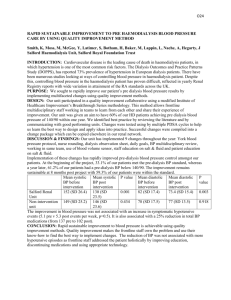
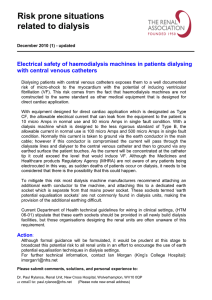
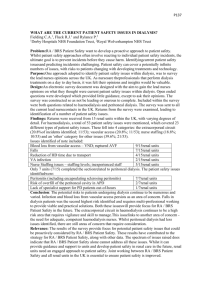
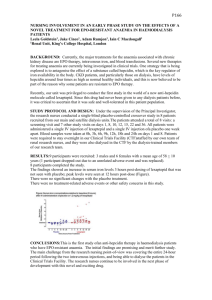

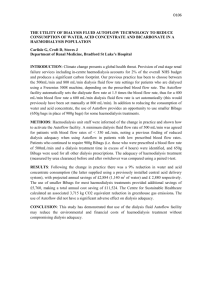
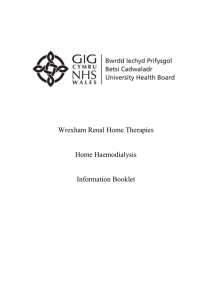

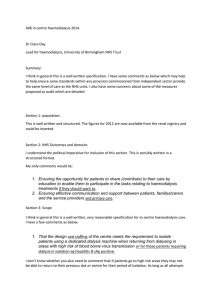
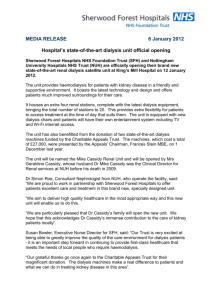
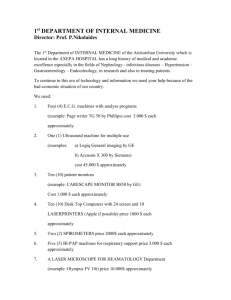
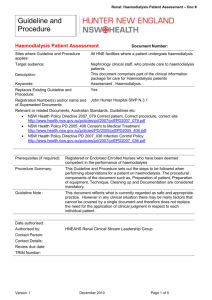
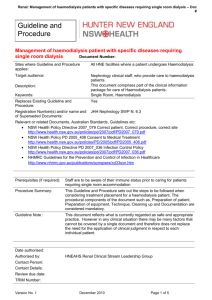
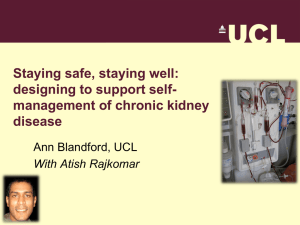

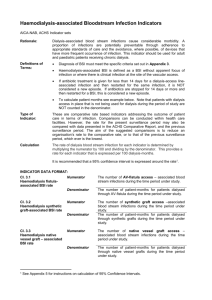
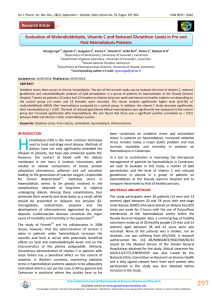
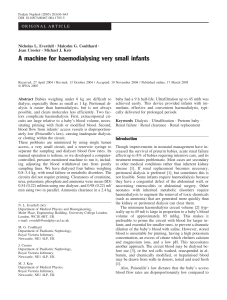
![paper_ed6_35[^]](http://s3.studylib.net/store/data/007232020_1-c68f1baccf0a32a202de36290071eb4a-300x300.png)
